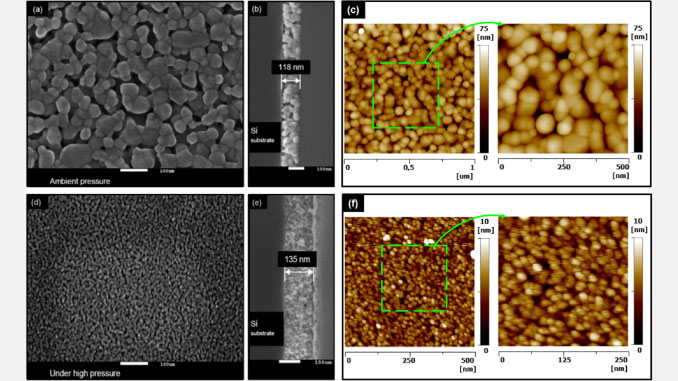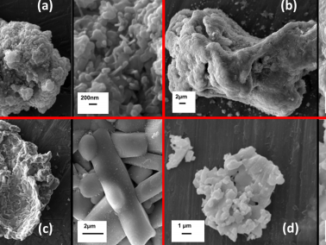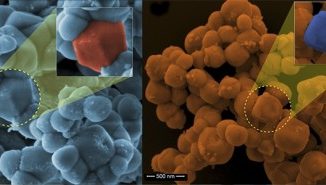
Writers: D. Berger, A.P. de Moura, L.H. Oliveira, W.B. Bastos, F.A. La Porta, I.L.V. Rosa, M.S. Li, S.M. Tebcherani, E. Longo, J.A. Varela
Keywords: ZnO; Thin films; Pressure-assisted thermal annealing; Photoluminescence properties; Gas sensor properties
Abstract: In this article, we report a comparative study of the influence of pressure-assisted (1.72 MPa) versus ambient pressure thermal annealing on both ZnO thin films treated at 330 °C for 32 h. The effects of pressure on the structural, morphological, optical, and gas sensor properties of these thin films were investigated. The results show that partial preferential orientation of the wurtzite-structure ZnO thin films in the [002] or [101] planes is induced based on the thermal annealing conditions used (i.e., pressure assisted or ambient pressure). UV–vis absorption measurements revealed a negligible variation in the optical -band gap values for the both ZnO thin films. Consequently, it is deduced that the ZnO thin films exhibit different distortions of the tetrahedral [ZnO4] clusters, corresponding to different concentrations of deep and shallow level defects in both samples. This difference induced a variation of the interface/bulk-surface, which might be responsible for the enhanced optical and gas sensor properties of the pressure-assisted thermally annealed film. Additionally, pressure-assisted thermal annealing of the ZnO films improved the H2 sensitivity by a factor of two.




